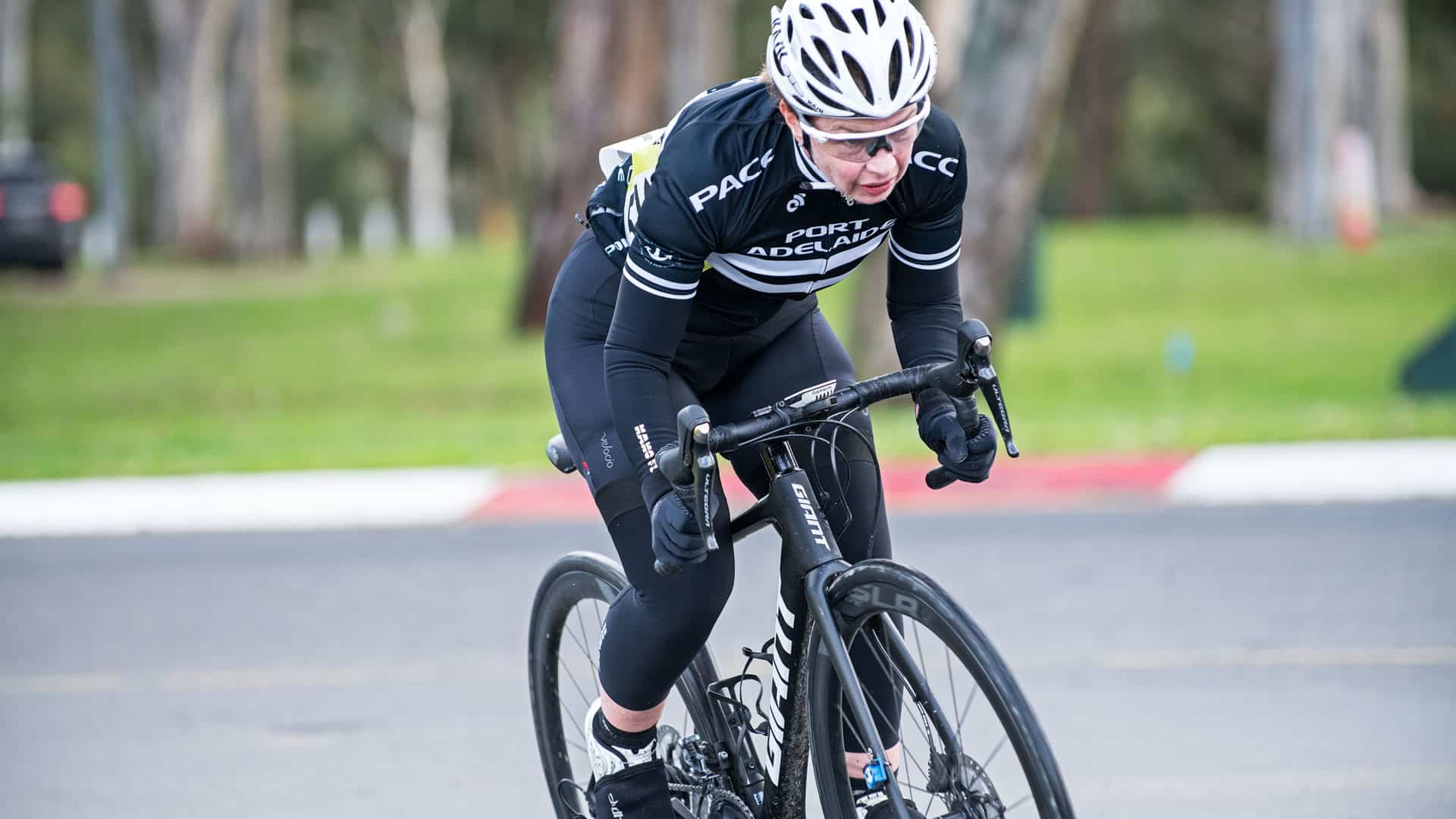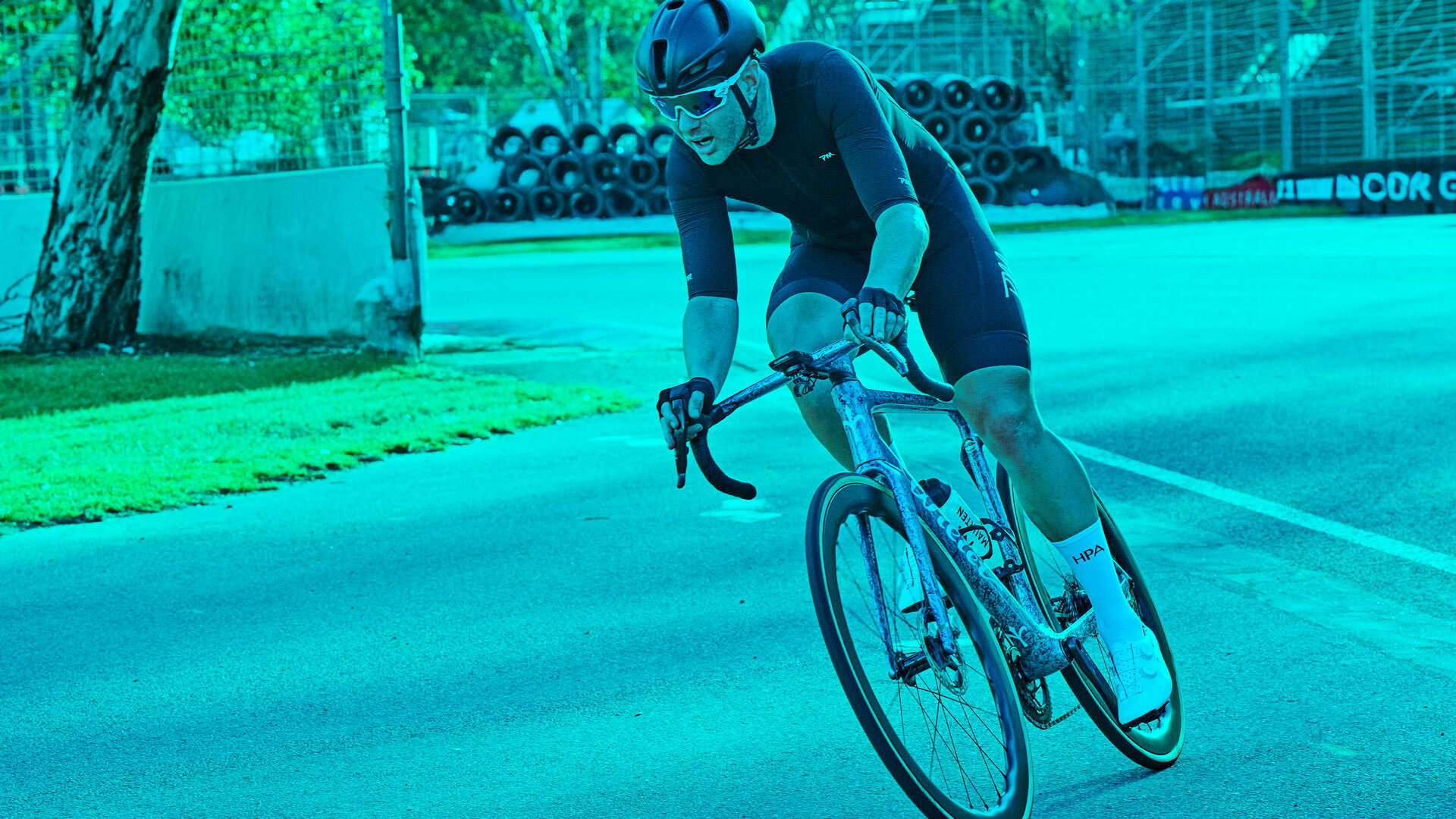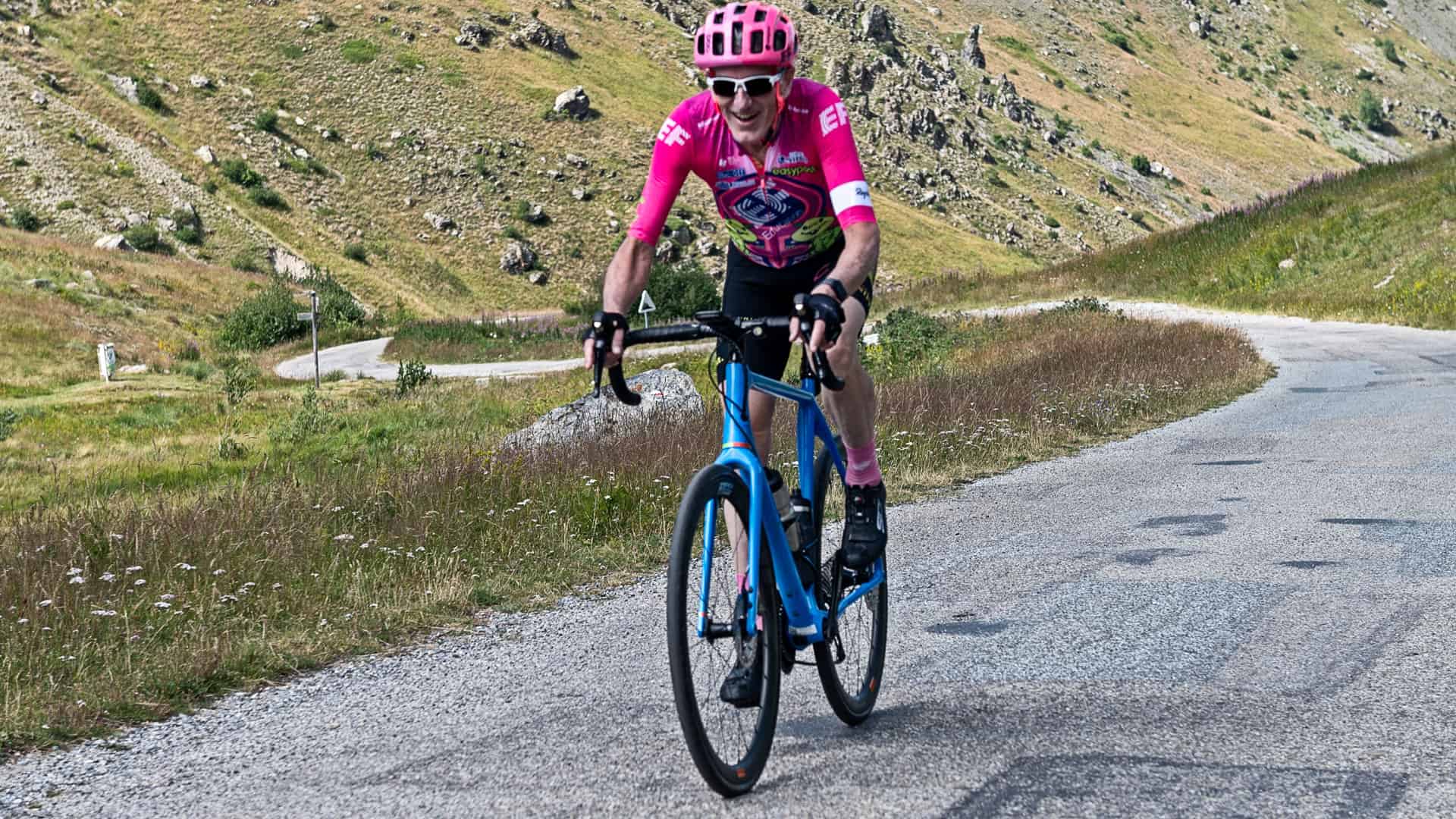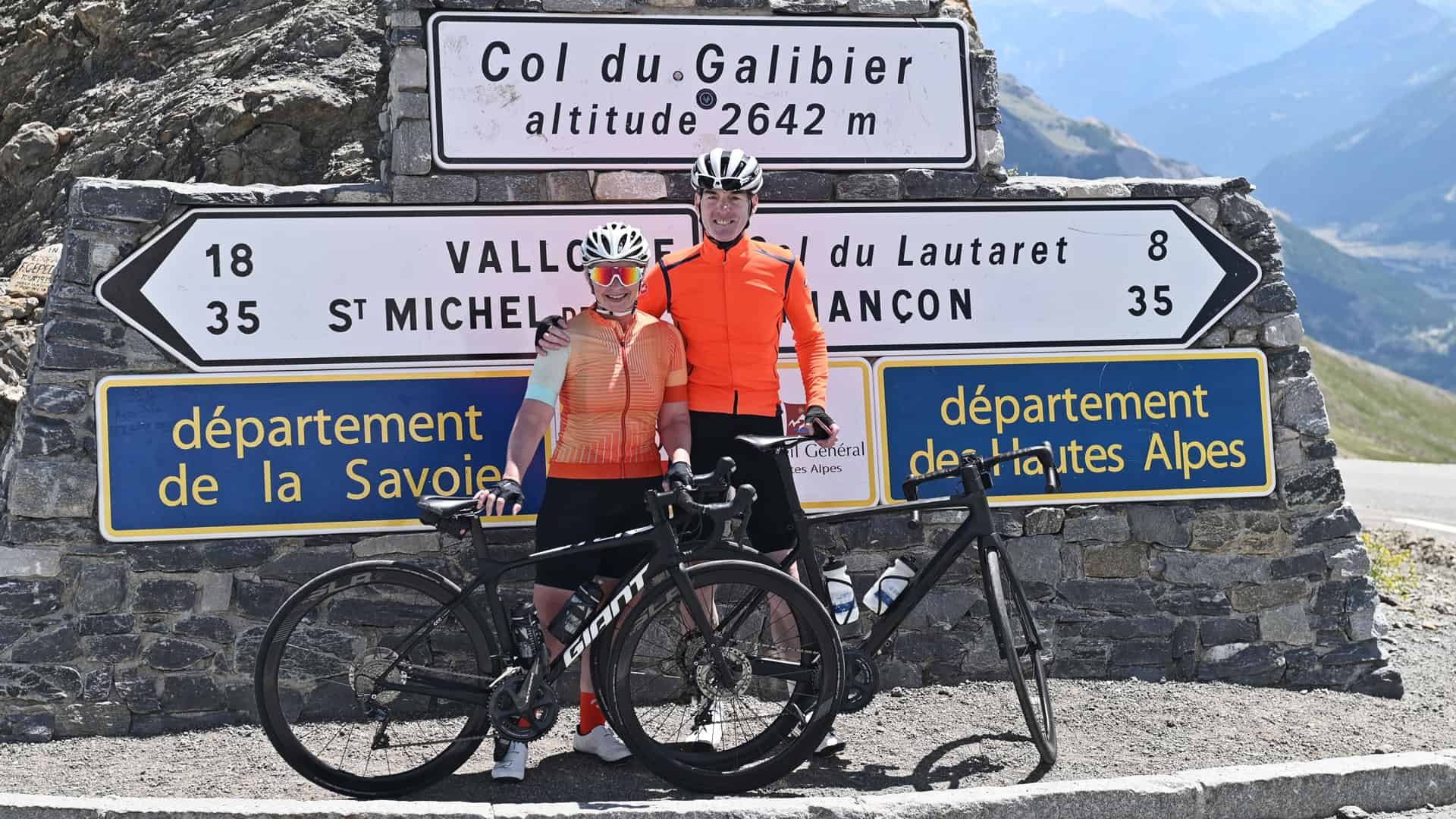***IMPORTANT*** We have just create a whole new resource document to help explain this which includes dietary information, meal planners and the exact protocols that we use to develop metabolic efficiency in the athletes we train. It is now included in our complete 12 and 24 week Peaks Challenge Series self-paced training package here: https://www.cycling-inform.com/cycle-coaching-and-training-programs
Video transcript:
So one of the really big things is that … and you probably heard about it, carbohydrate loading. Carbohydrate loading is a little bit … really came out sort of the ’80s here with the marathon runners and nutrition and studies just went really thought out and guys couldn’t carry products on them in those days and they used to run along and a few hours into the marathon they’d hit the wall.
But nowadays, we’ve got fantastic nutritional products and cycling is a little bit different to running in that we can carry obviously water on our bikes and we can carry food in our pockets. All right, so our chances are less of that happening but carbohydrate loading … if we define it as being increasing the amount of glycogenin or carbohydrate that we can store in our bodies to increase that window of that hour 20 to two hours of riding, that’s what carbohydrate loading … that’s what I define carbohydrate loading as.
It’s kind of a bit of old school, generally we work more towards what we call metabolic efficiency. What we do with metabolic efficiency is that we work on improving the burn ratios so at high intensities, we’re actually burning less carbohydrate and more fat. We’re extending the curves. What we’re doing is training the body to run at high intensity, burning more fat to carbohydrate. By doing that we’re becoming more metabolically efficient and it means that we are less reliant on having to substitute our carbohydrate into that.
Now it’s a process not like carbohydrate, it’s similar to carbohydrate loading but it’s a process that we do over a six week period and how we do that is that we work on insuring that the riders go out and ride on more of a low GI type carbohydrate when they are out training. They would be relying on sports bars, muesli bars and bananas and most of things that are lower GI type of carbohydrates rather than fueling up with high GI carbohydrates like gels and sports drinks.
Now for the longer rides, it’s important that they would run on low GI type carbohydrates and one of the other things that we do is on the shorter rides and this really important that we only do this for the shorter rides, so any ride less than two hours we would get the athlete to go out there and ride on any empty stomach and try and resist the urge of eating anything throughout that ride. Now it’s very important that you don’t do this for those longer rides that you would generally do on the weekend. We generally reserve this for the shorter rides that you do during the week and of course if you start feeling faint or lightheaded or your vision starts to getting blurry then it’s very, very important that you do eat something.
Don’t go to crazy with it but both of those techniques help improve the metabolic efficiency because what it’s doing is helping improve the ability … your body’s ability now to burn more fat to carbohydrate. Whether that’s training and now obviously when you do an event you’re burning more fat to carbohydrate and that’s how should do it.
If you are interested in finding out anything more about our training or coaching services than certainly jump on our website and visit cycling and form. I have great information on the website, have a look around, you can contact us with any questions that you may have about the program, training in general, nutrition, hydration.





Leave A Comment